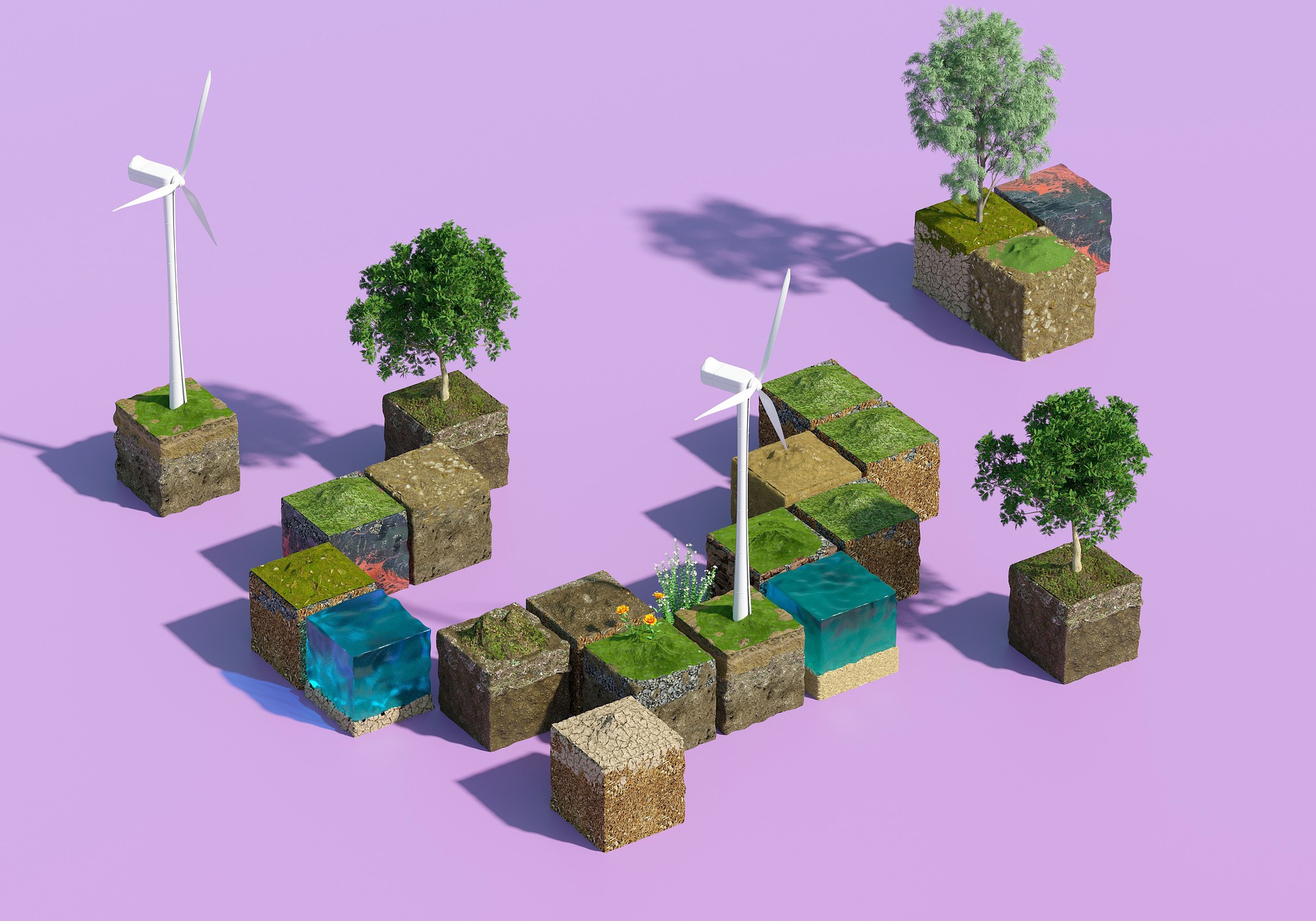Today, environmental awareness and sustainability have gained an important place in the real estate sector. People are no longer just looking for aesthetics and comfort, they are also interested in environmentally friendly and sustainable living spaces. Sustainable housing projects aim to leave a more livable world for the future by using environmentally friendly materials, increasing energy efficiency and reducing carbon footprint. Here are the prominent features of sustainable housing, what you need to know about green certificates and eco-friendly designs:
Green Certificates
Green certificates are official documents that document a building's compliance with sustainability standards. These certificates show that projects meet criteria to reduce their environmental impact and comply with certain sustainability standards. Here are the most common green certificates worldwide:
LEED (Leadership in Energy and Environmental Design)
LEED is one of the most recognized green building certificates worldwide. This certificate, issued by the US Green Building Council, shows that buildings meet various criteria such as energy efficiency, water saving, indoor quality and sustainability.
BREEAM (Building Research Establishment Environmental Assessment Method)
BREEAM A green building certificate widely used in Europe. It evaluates building design, construction process and operational performance. BREEAM certificate includes criteria such as energy efficiency, water management, material use and waste management.
WELL Building Standard
WELL
A standard that evaluates the effects of building design and operation on human health and well-being. It covers topics such as air quality, water quality, lighting, fitness facilities and wellness.
GREEN STAR
Green Star is a green building certificate widely used in Australia, South Africa and New Zealand. This certificate examines criteria such as energy, water, materials, indoor environmental quality and sustainability management to evaluate the environmental impacts of buildings.
Eco-Friendly Designs
Sustainable housing projects aim to both protect nature and increase the quality of life by offering environmentally sensitive and energy efficient designs. Here are some eco-friendly design features:
ENERGY EFFICIENCY
Sustainable homes use energy-efficient solutions such as insulation, energy-efficient windows and doors, and high-efficiency heating and cooling systems to reduce energy consumption. Renewable energy sources such as solar panels and wind turbines can also be used.
Water Conservation
Low-flow faucets, water-efficient toilets, rainwater collection systems, and gray water recycling systems are used to save water. These solutions reduce environmental impact by conserving water resources.
Environmentally Friendly Materials
Eco-friendly designs are built using recyclable, local, and natural materials. Materials such as wood, bamboo, recycled metal, and glass provide a structure that is both aesthetically pleasing and sustainable.
Natural Lighting and Ventilation
Large windows and open-plan designs maximize natural light and ventilation. This reduces the use of artificial lighting and air conditioning, saving energy.
Green Roofs and Vertical Gardens
Green roofs and vertical gardens contribute to the ecosystem of buildings, creating an environmentally friendly living space. These designs reduce the heat island effect, improve air quality and support biodiversity.
Smart Home Technologies
Smart home technologies such as smart thermostats, energy monitoring systems and automatic lighting reduce environmental impact by optimizing energy consumption. These systems allow users to easily manage energy savings.
Sustainable housing plays a critical role in building livable cities of the future. Green certificates and eco-friendly designs reduce environmental impacts, providing healthier and more sustainable living spaces. Such projects not only protect nature, but also increase the quality of life. Living in an eco-friendly home is the key to creating a better world for both present and future generations.

